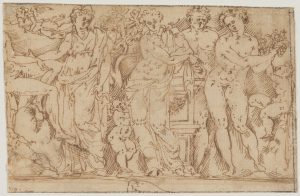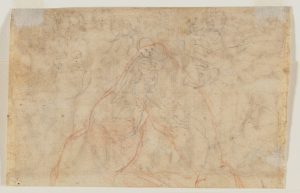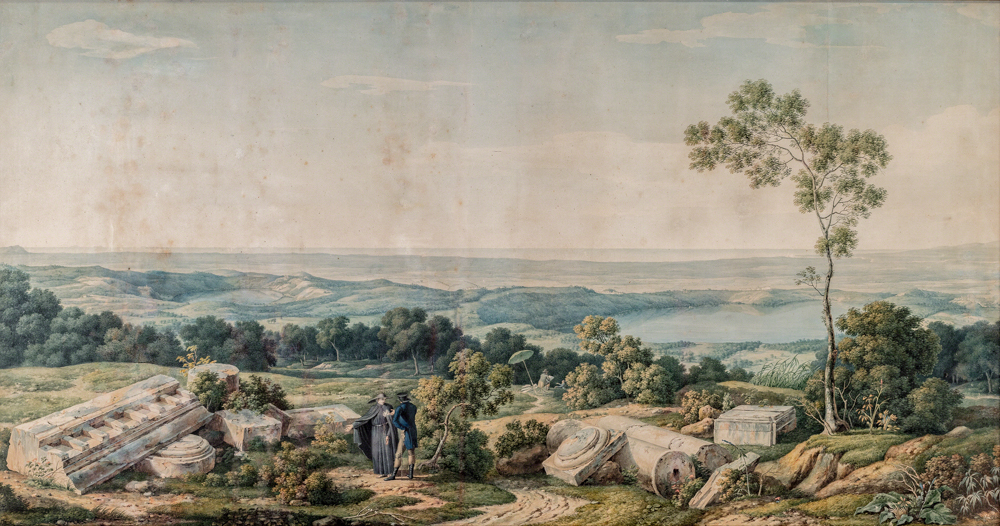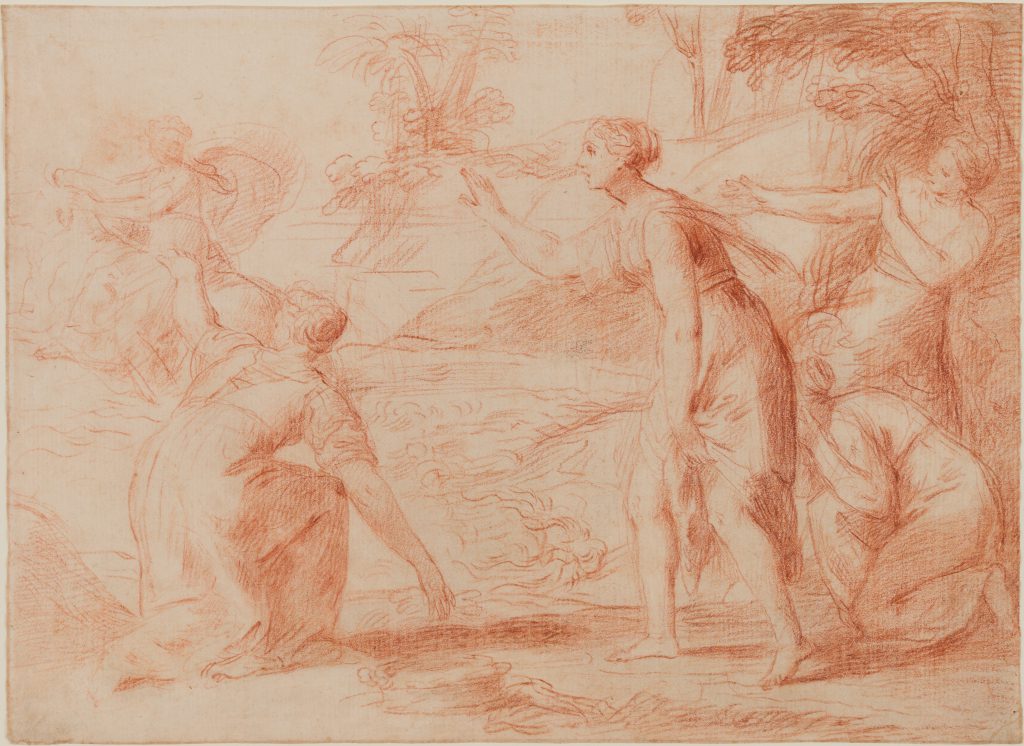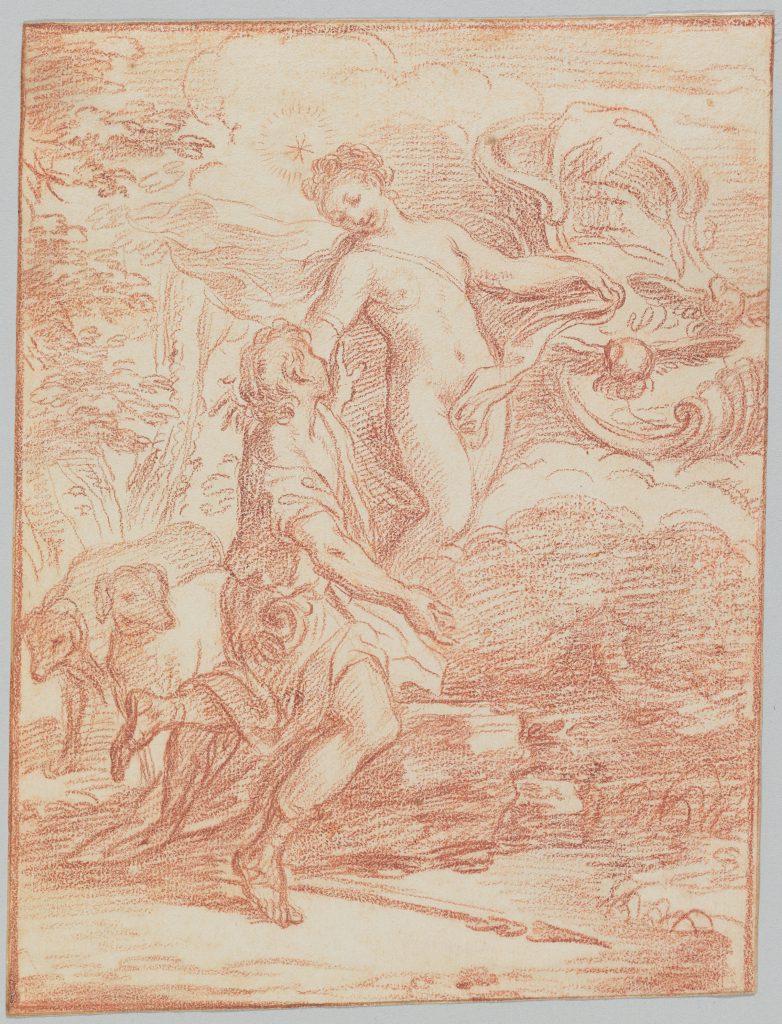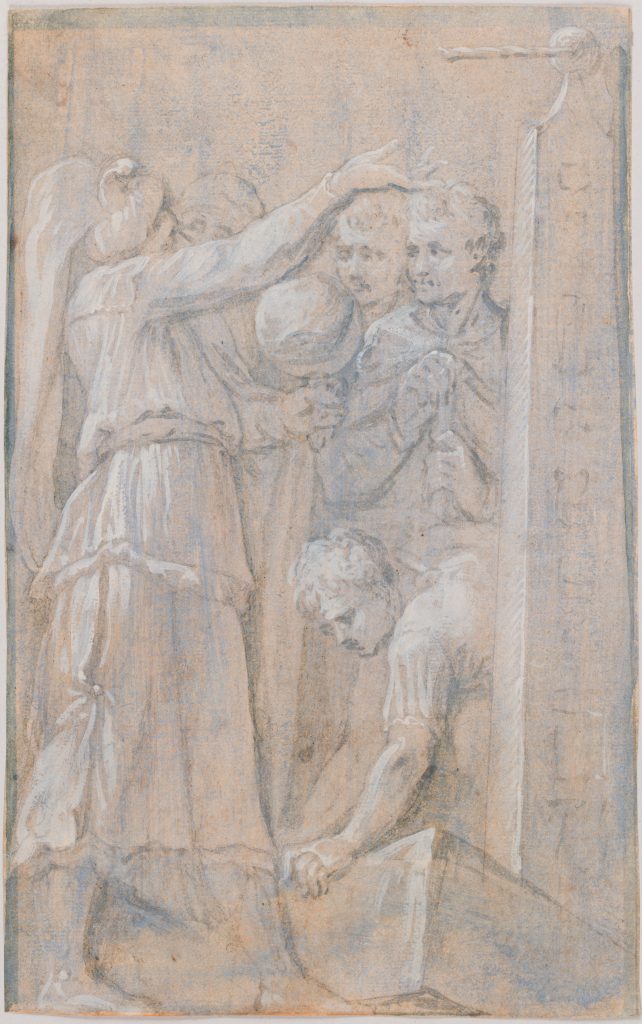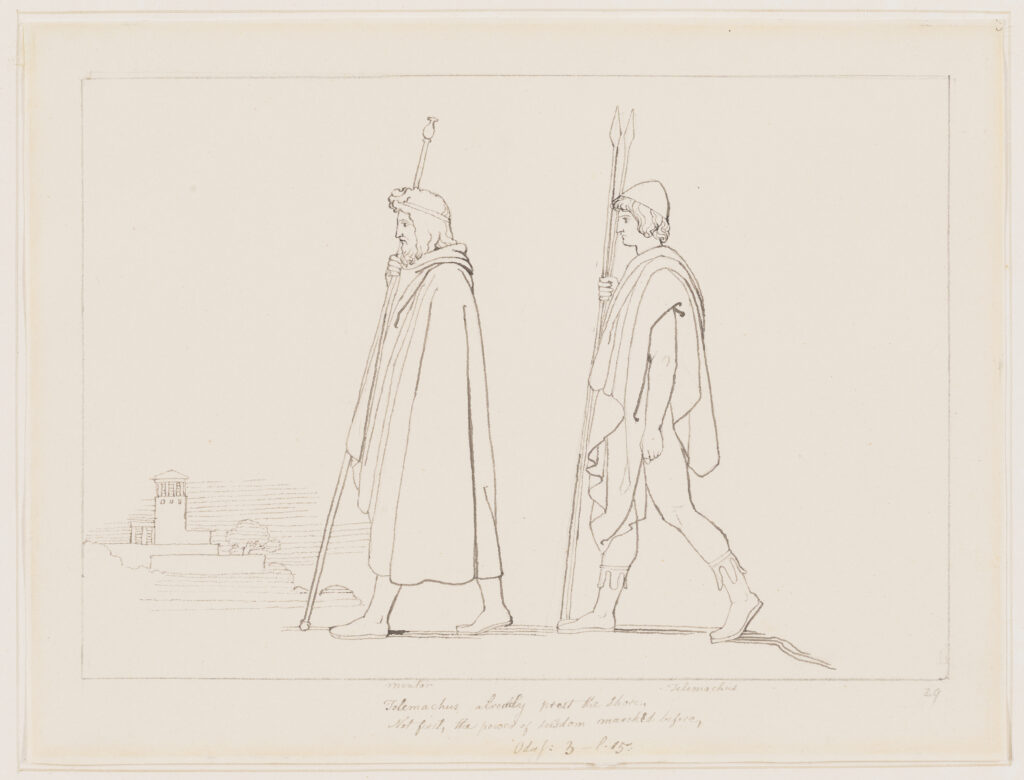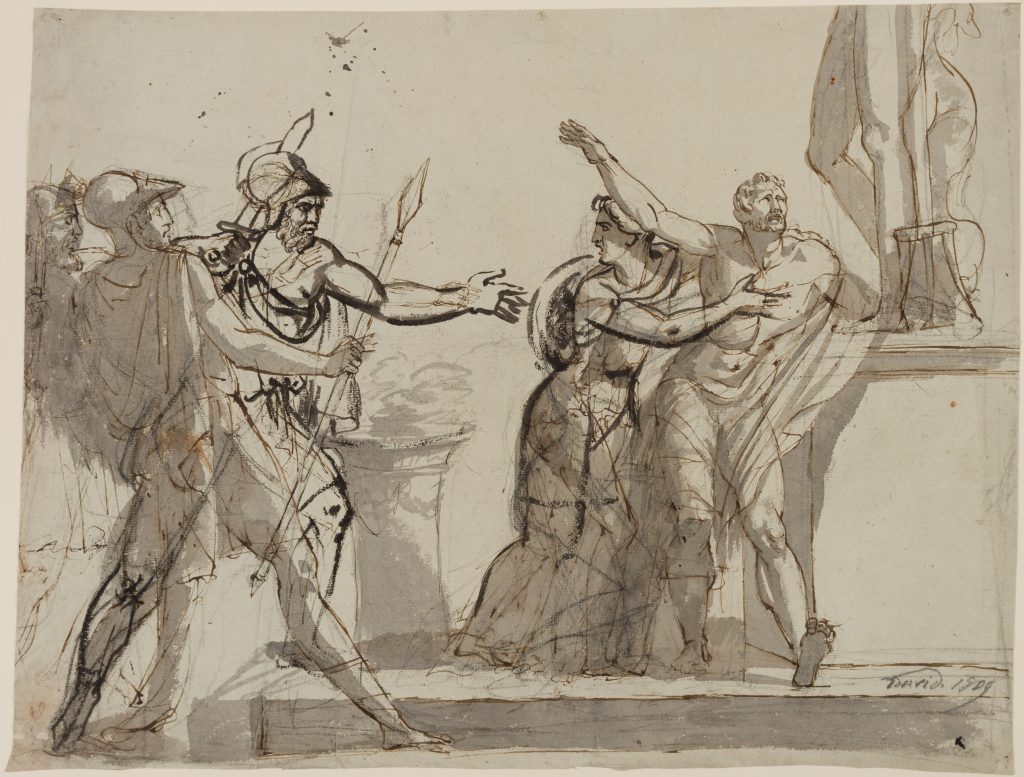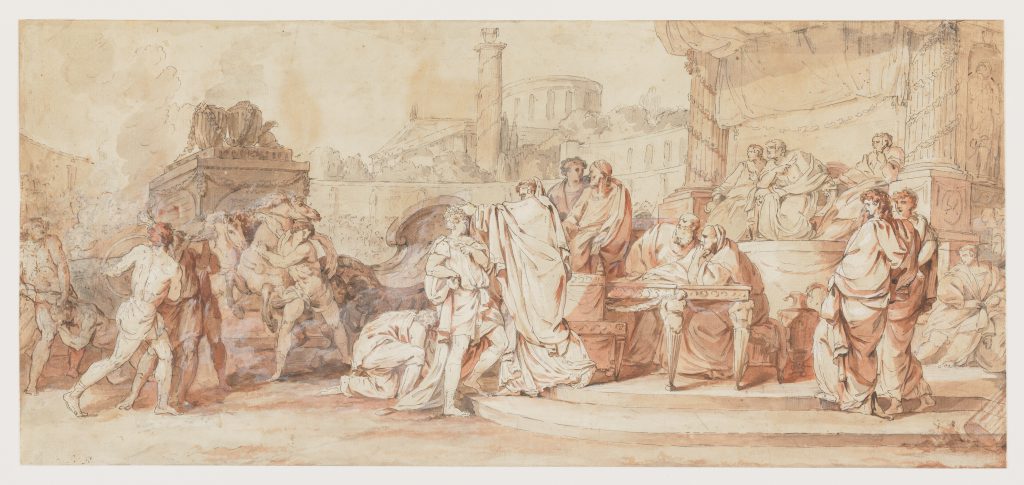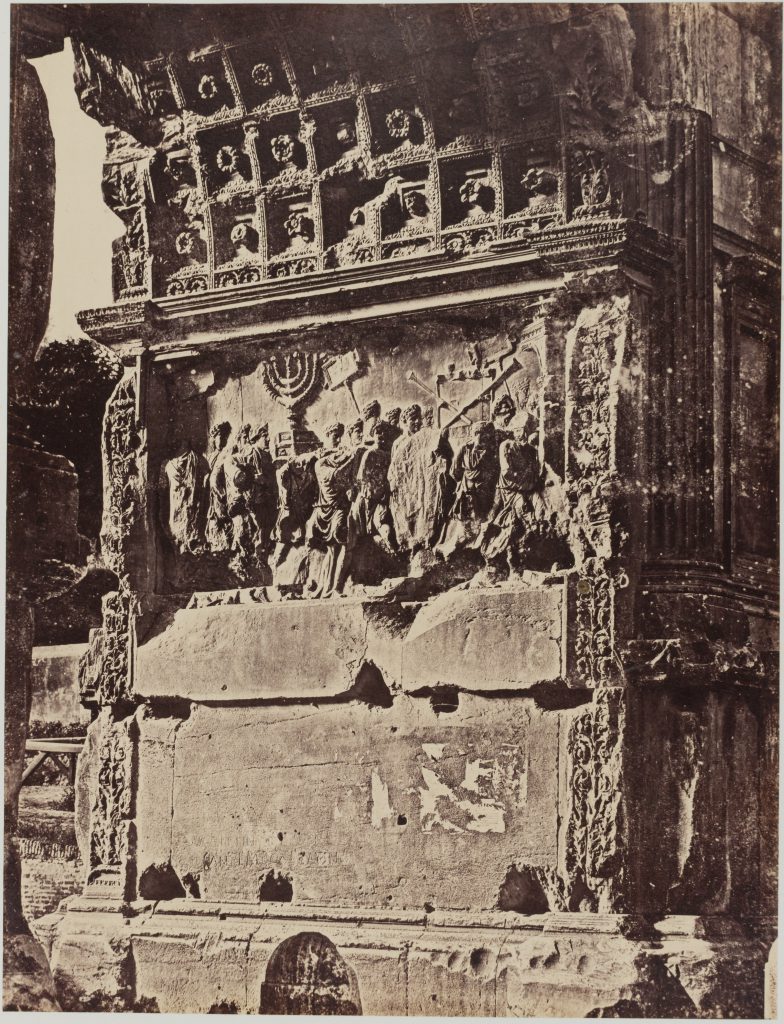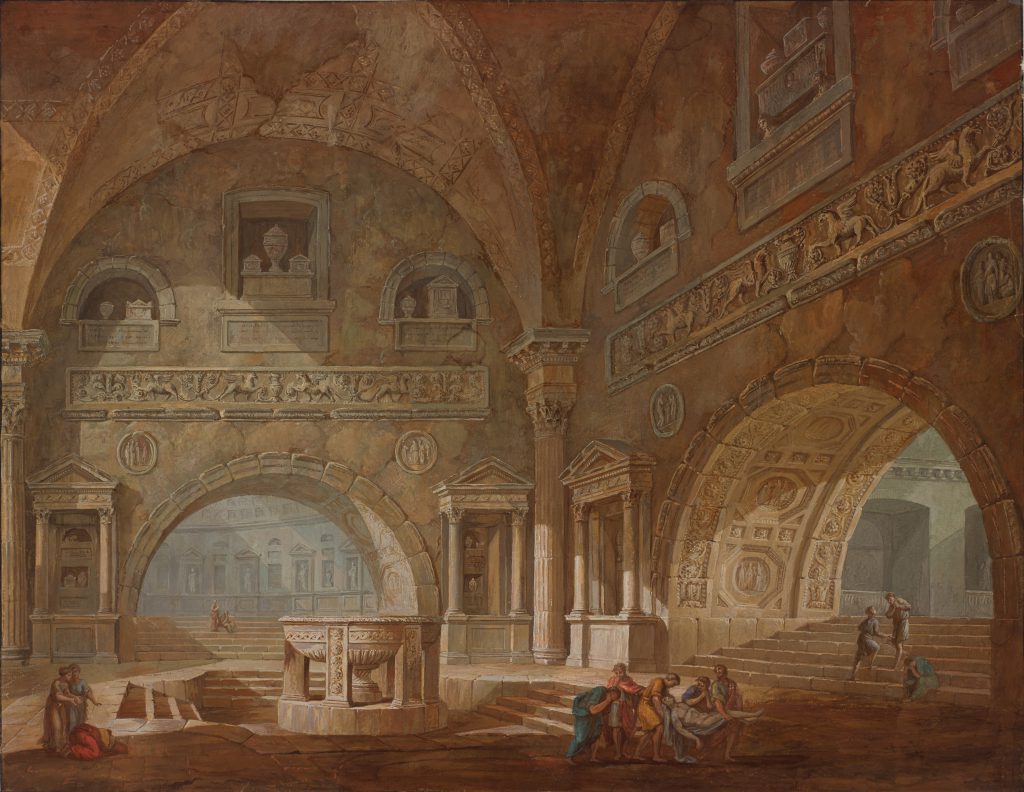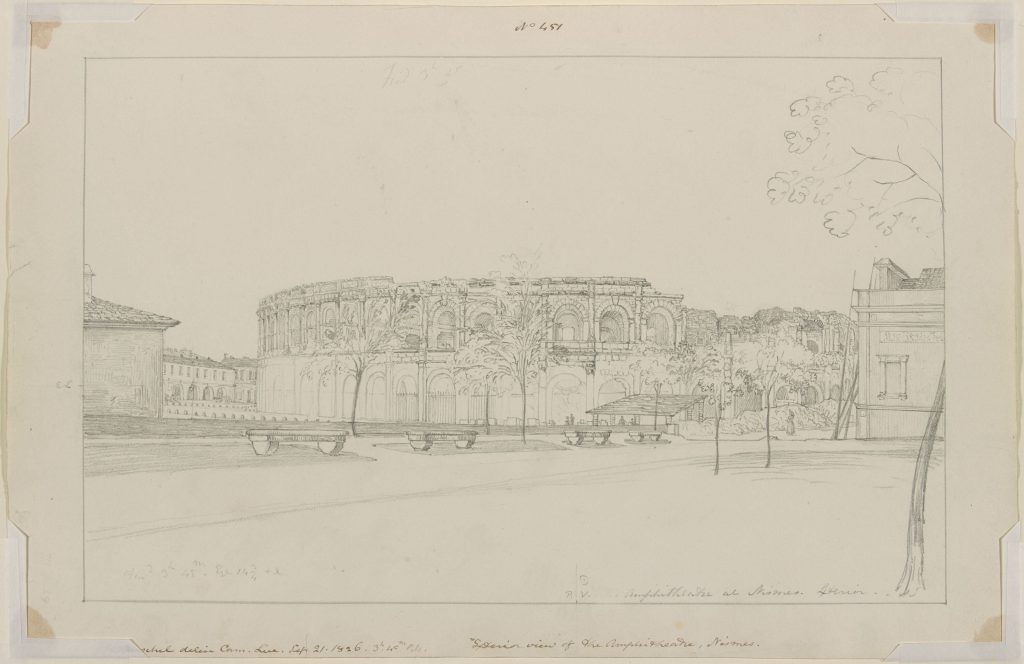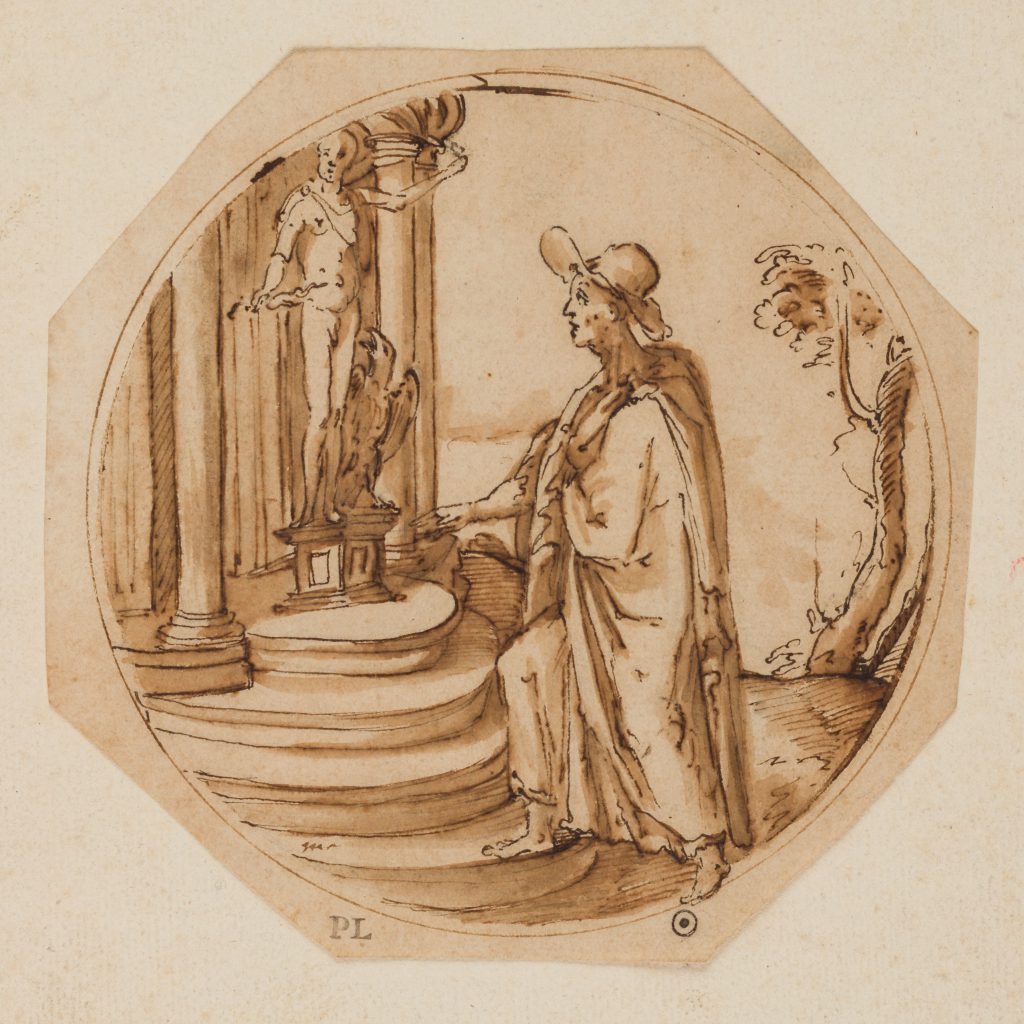
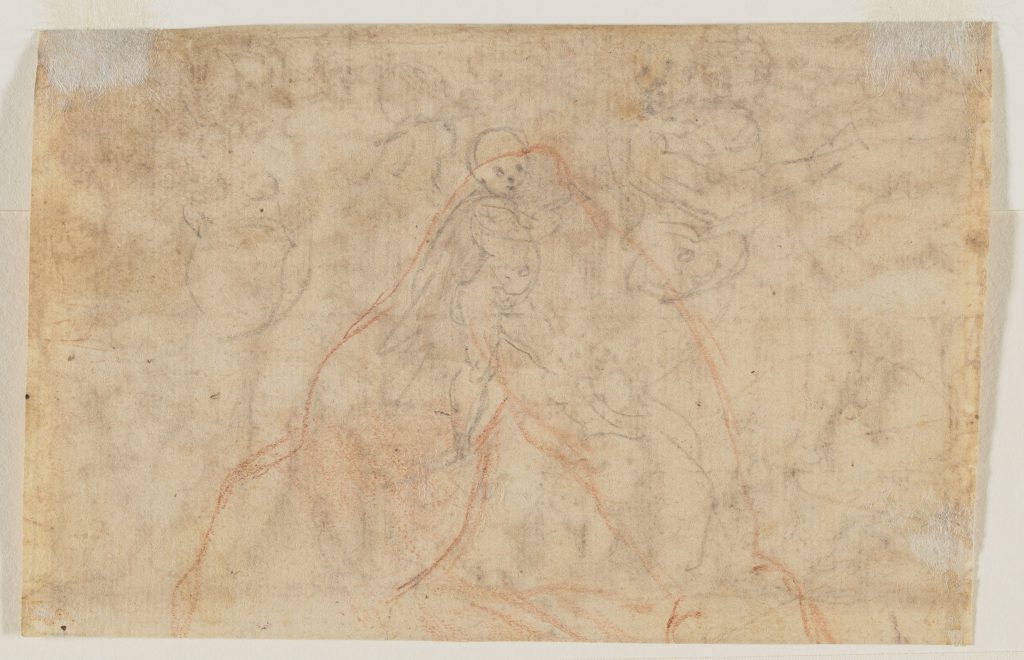
Bequest of the Honorable James Bowdoin III
1811.106This sixteenth-century drawing by an unidentified Italian artist is illustrative of the common artistic practice developed during the Renaissance of drawing after ancient sculpture. It is most likely made after an ancient second- or third-century Roman sarcophagus depicting the four seasons as figures bearing attributes like cornucopias and interspersed with cupids. This style of sarcophagus was one of the most popular in antiquity, and scores of the type were discovered in the catacombs of Rome beginning in the Renaissance period. The drawing only loosely follows its ancient model, freely adapting and compressing the composition.
The Renaissance witnessed a revival of classical antiquity fueled by the rediscovery and translation of Greek and Roman texts and by excavations that uncovered ancient ruins and recovered ancient sculptures. As the collections of ancient art were formed in Italy, artists took advantage of the new availability of sculptures as ideal subjects from which to study the human figure and practice proportion. Greek and Roman ideal sculptures had two primary advantages over human models: they were immobile, and they were often nude in a period when the use of nude models was frowned upon.
Collector
The son of the wealthy merchant and second governor of Massachusetts, James Bowdoin II, Bowdoin figured among a small group of leading figures who recognized the value of art in fostering enlightened ideals and philosophical contemplation among a budding republic.
